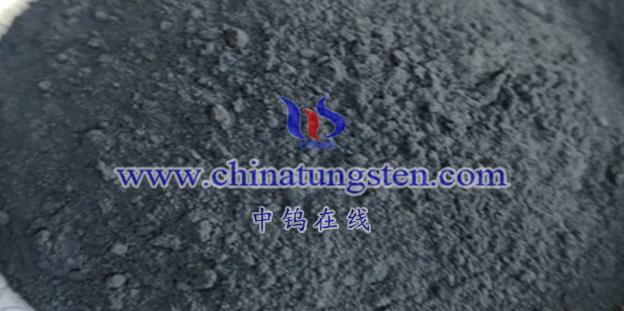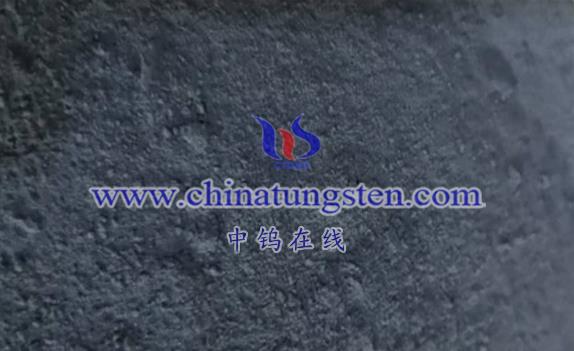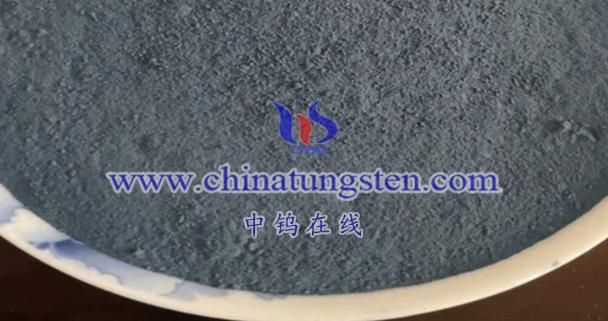
Niobium tungstate as an anode material in lithium-ion batteries has garnered increasing attention due to its unique physical and chemical properties, making it a promising candidate for high-performance anodes. Below is a detailed analysis of its applications in lithium-ion batteries:
- Properties of Niobium Tungstate Anode Materials
- High Lithium Insertion Voltage: Niobium tungstate anode materials typically exhibit a relatively high lithium insertion voltage, which means they can provide more stable electrochemical performance during charge and discharge cycles.
- High Theoretical Specific Capacity: Niobium tungstate has a high theoretical specific capacity, which can potentially improve the energy density and range of lithium-ion batteries.
- Excellent Electrochemical Performance: Studies show that niobium tungstate as an anode material can deliver a high practical discharge capacity and has good lithium-ion diffusion coefficients and cycling stability.
- Structural Stability: Certain niobium tungstate materials (such as W₅Nb₁₆O₅₅) have relatively open crystal frameworks, which are favorable for the rapid diffusion of lithium ions within the crystal structure, offering excellent rate performance.
- Preparation of Niobium Tungstate Anode Materials
The preparation of niobium tungstate anode materials typically involves complex chemical reactions. For instance, hydrated niobium oxalate, ammonium paratungstate, and fuels (such as glycine) are mixed with inorganic acids (like nitric acid) to form a solution. This solution is then subjected to a self-propagating combustion reaction and calcination at high temperatures, resulting in the formation of niobium tungstate materials. The choice of fuel and the type of inorganic acid used during the process have a significant impact on the final product’s performance.
- Advantages of Niobium Tungstate Anode Materials
- Increased Energy Density: Due to its high theoretical specific capacity, niobium tungstate can significantly increase the energy density of lithium-ion batteries.
- Enhanced Cycling Stability: Niobium tungstate materials maintain good structural stability during charge and discharge cycles, thereby extending the battery’s lifespan.
- Improved Safety Performance: Niobium tungstate has multiple redox pairs at voltages above 1V, which helps prevent the formation of the solid electrolyte interphase (SEI) layer and lithium dendrites, improving battery safety.
- Examples and Future Prospects of Niobium Tungstate Anode Materials
Researchers have already started applying niobium tungstate materials in lithium-ion battery anodes, achieving promising results. For example, nanowires of W₃Nb₁₄O₄₄, synthesized by electrospinning, demonstrate excellent electrochemical performance when used as an anode material. As research advances and technology improves, the application of niobium tungstate as an anode material in lithium-ion batteries is expected to expand.
Given its unique physical and chemical properties, niobium tungstate has shown great potential for use in lithium-ion batteries. Its high lithium insertion voltage, high theoretical specific capacity, excellent electrochemical performance, and structural stability make it one of the important candidate materials for enhancing lithium-ion battery performance. With further research and technological maturation, niobium tungstate anode materials are expected to have broader applications in the lithium-ion battery field.
More details of tungsten oxide product, please visit website: tungsten-oxide.com
Please contact CHINATUNGSTEN for inquiry and order of tungsten oxide:
Email: sales@chinatungsten.com
Tel.: 86 592 5129595

















